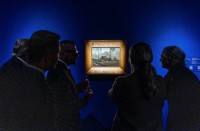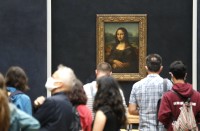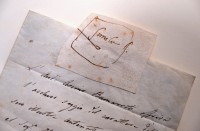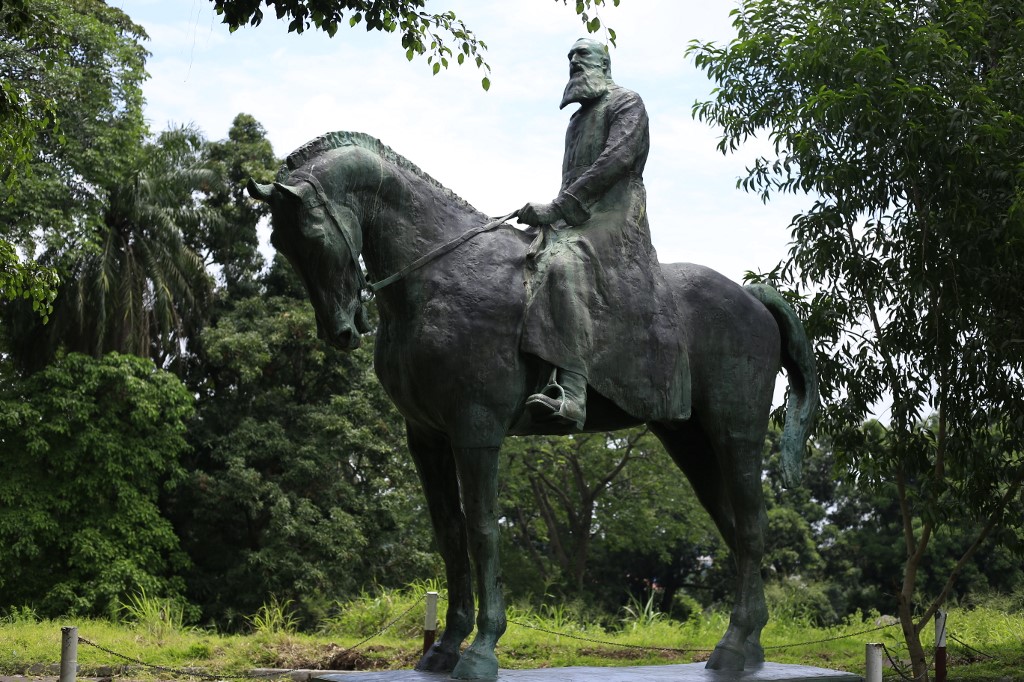
by Samir TOUNSI
Agence France-Presse
KINSHASA, DR Congo (AFP) — Overlooking Kinshasa from the seclusion of a presidential garden, the statue of Belgian King Leopold II stares over the Congo River far from the protests and rage targetting colonial figures elsewhere.
The monument to the Belgian monarch, who made the Congo his personal fiefdom, stands next to his successor, Albert I, and a statue of British explorer Henry Stanley who founded the city that would become Kinshasa.
This colonial trio from Democratic Republic of Congo’s brutal past stand untouched behind the high gates of the Mont-Ngaliema presidential park, under a military guard, with panoramic views of the river between Kinshasa and Congo’s Brazzaville.
They stand in sharp contrast to the worldwide debate raging over statues and place names honouring slavers and colonial figures during anti-racism protests sparked by the police killing of an African American man, George Floyd.
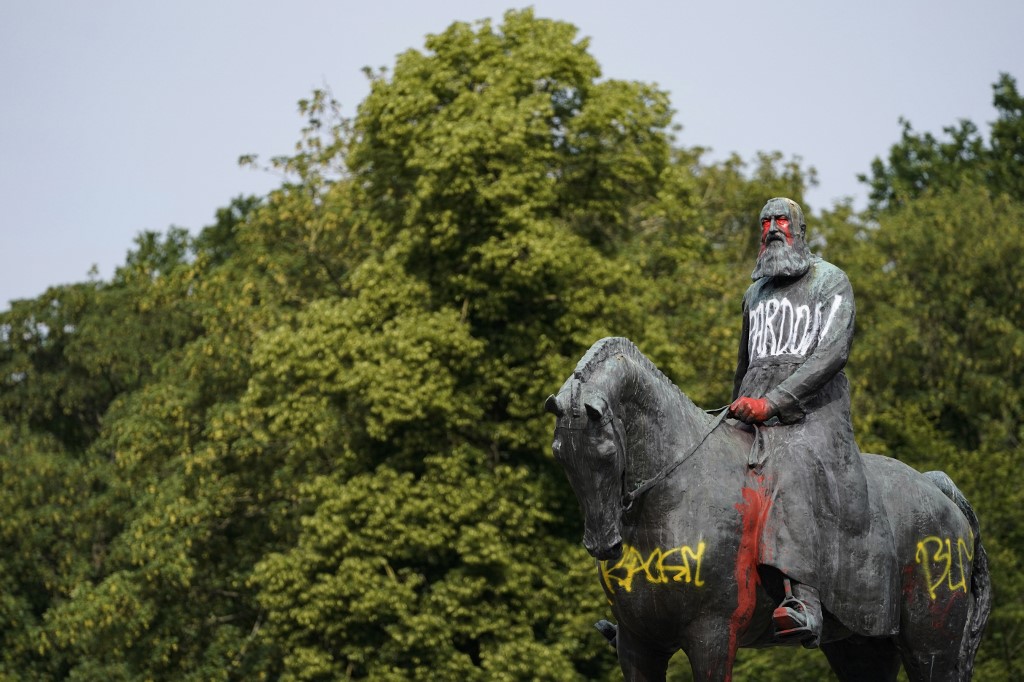
From the US to New Zealand, protesters have torn down colonial statues, daubed them in red paint and demanded changes to place names that angered black and minority ethnic communities for years.
In Belgium, Leopold statues have been removed or defaced with graffiti. But no such outrage has erupted in DR Congo, which celebrates its 60th anniversary of independence from Belgium at the end of June.
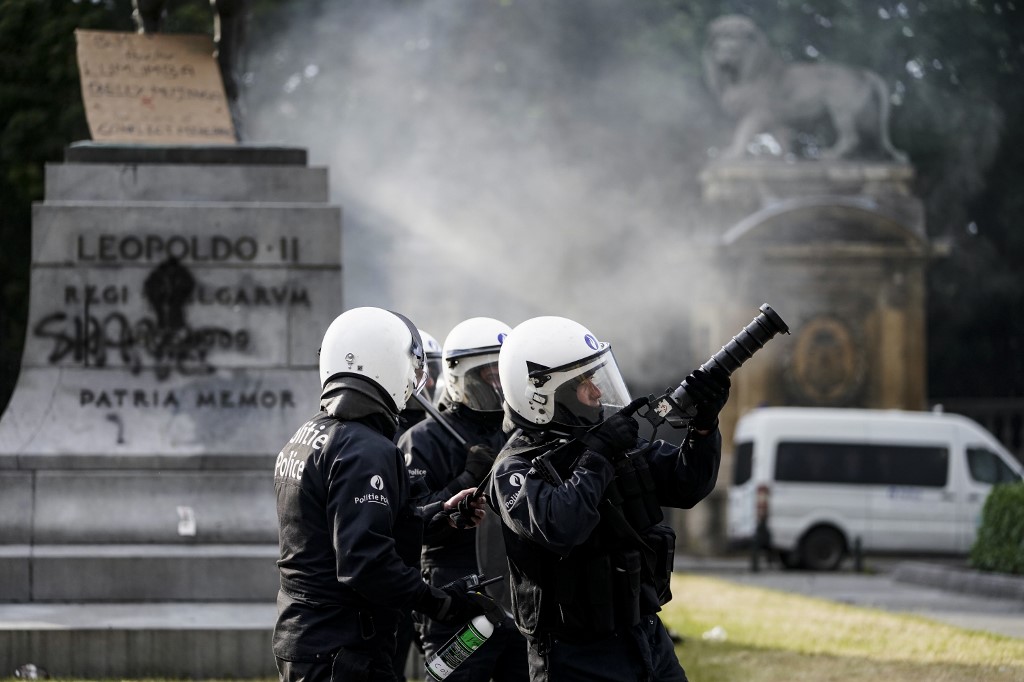
“For us, the statue of Leopold II, it reflects a history, a memory. It is a reference for our children,” said Jose Batekele, director of collection at the national museum in the presidential park.
Millions of Africans from territory in what is now the Democratic Republic of Congo were killed, mutilated or died of disease as they worked on Leopold II’s rubber plantations.
The king, who made the Congo his property between 1885 and 1908, ruthlessly exploited the colony for wealth and the brutal era remains a sensitive topic at home in Belgium.
On Friday, Belgium’s modern royal family was pulled into the debate when a prince defended the record of his ancestor Leopold II.
“If in Belgium, they believe that they must destroy the monuments, because there is a large African diaspora, we take note of it. But it’s a Belgian-Belgian affair which does not concern us,” Congolese historian Isidore Ndaywel said.
“In the Congo, we have our priorities, which are different for the moment.”
DR Congo, a vast country the size of continental western Europe, has its share of troubles from Ebola outbreaks, corruption and poverty to ethnic strife and the scores of armed militias in its eastern regions.
Past troubles
Standing six metres (20 feet) high, the green bronze statue of Leopold II did not always stand calmly surveying the surroundings of the Congo from the hills of Mont-Ngaliema.
Inaugurated in 1928 by Albert I, the work was first installed in front of the Palace of the Nation, where the presidency is currently located.
The monument was removed in 1967 on the orders of then dictator Mobutu Sese Seko, at the height of his “return to national and African authenticity” policy that sought to rename colonial places.
Forgotten for almost four decades, the statue made a sudden reappearance in Kinshasa city centre, on the June 30 Boulevard — the date of independence — in February 2005.
This statue “is part of our heritage. I decided to rehabilitate it”, the then Minister of Culture Christophe Muzungu told AFP at the time.
A year earlier, in a speech to the Belgian Senate, a young Congolese president, Joseph Kabila, paid a surprising tribute to Belgian missionaries and officials “who believed in the dream of King Leopold II to build, in the centre of Africa, a state”.
But Leopold’s rehabilitation was brief. For unknown reasons, the statue was taken down again after 24 hours, by the same workers who had erected it.
“Frankly, we have more urgent problems to solve in Congo than to wonder whether or not the statue of Leopold has its place here,” quipped two young lawyers questioned by AFP in the streets of Kinshasa at the time.
The statue finally reached Ngaliema Park, rehabilitated in 2010 with the help of the United Nations Mission in the Congo, known as Monusco.
The three statues of Leopold II, Albert I and Stanley stand next to a sculpture in memory of the Congolese soldiers of the colonial army.
“When it comes to Leopold II, it is the past, a past which was traumatic”, said Moise Tangamo, a banker in Gombe, the economic centre of the capital.
Congolese needed to be taught “what really happened during slavery and colonisation in Africa in general”.
© Agence France-Presse


